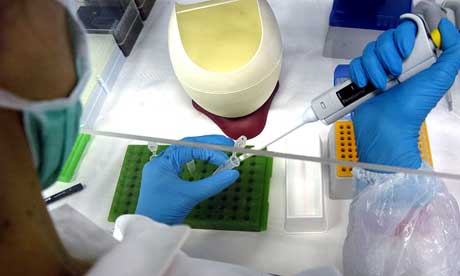 From The Telegraph:
From The Telegraph:Parents should not "look down" on comics as they are just as good for children as reading books, a new study claims.
Researchers believe they can benefit from tales about the caped crusader, Superman and even Dennis the Menace in the same way they can from reading other types of literature, despite teachers and parents often being snooty about comics, experts say.
According to the research, critics say that reading comics is actually a "simplified version" of reading that doesn't have the complexity of "real" books with their "dense columns of words and lack of pictures".
Read more ....















































